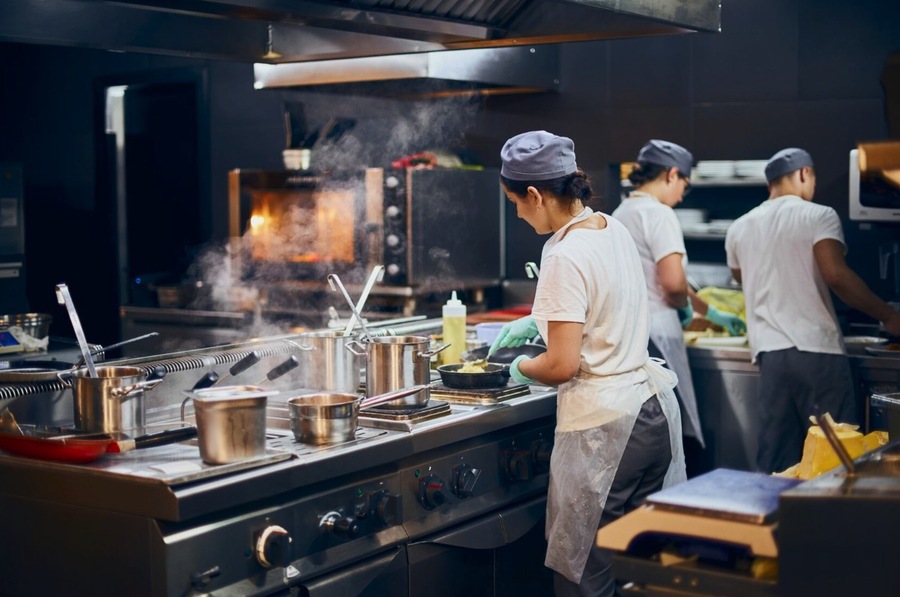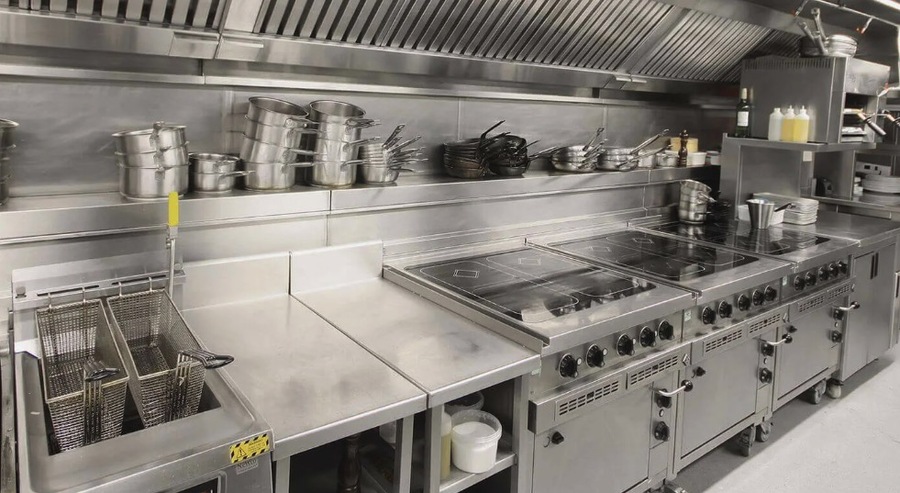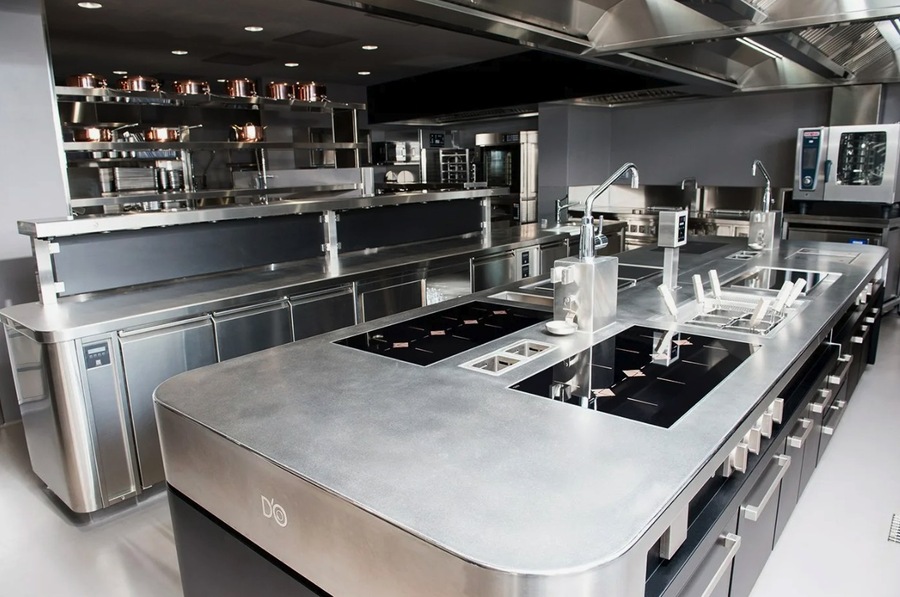Selecting the right equipment is crucial for any restaurant. The choice between custom and standard equipment can significantly impact operational efficiency, cost, and customer experience. Understanding the pros and cons of each option helps restaurant owners make informed decisions that align with their specific needs and goals.
Pros of Custom Restaurant Equipment
Tailored to Specific Needs
Custom restaurant equipment is designed to fit the unique requirements of a particular kitchen. This means the equipment can be configured to match specific layouts, making the most of available space. Custom equipment can also be adapted to unique culinary processes, such as specialized ovens for a pizzeria or custom grills for a barbecue restaurant.
Enhanced Efficiency
Equipment designed for specific tasks can improve workflow and productivity. Custom solutions often include advanced features that standard equipment might lack. For instance, a custom refrigeration unit can be built with compartments tailored to the storage needs of a particular menu, reducing the time spent searching for ingredients and minimizing food waste.
Brand Differentiation
Unique equipment can enhance a restaurant’s branding and customer experience. Custom aesthetics that align with the restaurant’s theme can make a strong visual impact. For example, a high-end sushi restaurant might benefit from a custom-designed sushi bar that showcases the chef’s skills while adding to the overall ambiance.
Cons of Custom Restaurant Equipment
Higher Initial Cost
Custom equipment typically comes with higher upfront costs due to bespoke design and manufacturing processes. Additionally, the lead times for custom equipment can be longer, potentially delaying the opening of a new restaurant or the implementation of a new kitchen layout.
Maintenance and Repairs
Finding parts and service for custom equipment can be challenging. Unlike standard equipment, which has widely available parts and service expertise, custom solutions might require specialized knowledge for repairs. This can lead to longer downtimes and higher maintenance costs.
Risk of Over-Specialization
Custom equipment might not adapt well to future changes. If a restaurant’s menu or concept evolves, the highly specialized equipment might become obsolete. Additionally, custom equipment may have a limited resale value compared to more versatile, standard options.

Pros of Standard Restaurant Equipment
Lower Cost
Standard restaurant equipment is generally more affordable due to mass production. It is readily available, which can be particularly beneficial for restaurants needing equipment quickly. The lower initial cost allows for better budget allocation to other areas of the business.
Easy Maintenance and Repairs
Standard equipment benefits from widely available parts and service expertise. This ease of maintenance can reduce downtime and repair costs. For example, a standard commercial dishwasher can be serviced by most technicians, ensuring that any issues are resolved quickly.
Flexibility
Standard equipment can be repurposed for different tasks, offering greater flexibility. This adaptability is beneficial for restaurants that anticipate menu changes or operational adjustments. Standard equipment also tends to have a higher resale value due to its broad market appeal.
Cons of Standard Restaurant Equipment
Limited Customization
Standard equipment may not fit perfectly into specific kitchen layouts or meet unique culinary needs. The lack of specialized features can result in less efficient workflows. For instance, a standard prep table might not have the built-in storage or cutting board space that a custom table could offer.
Potential Efficiency Issues
Standard designs might not optimize workflow as effectively as custom solutions. Generic features might not fully support the specific operational needs of the restaurant, potentially leading to inefficiencies. For example, a standard refrigeration unit might not have the precise temperature control required for certain perishable items.

Factors to Consider When Choosing Between Custom and Standard Equipment
Budget Constraints
Evaluating initial costs versus long-term benefits is crucial. While custom equipment may require a higher investment, it can lead to greater efficiency and brand differentiation. Conversely, standard equipment offers immediate cost savings and flexibility. Assessing financing options and potential return on investment can help in making a balanced decision.
Operational Requirements
Understanding specific kitchen needs and processes is essential. Custom equipment is ideal for restaurants with specialized culinary processes or unique space constraints. Standard equipment suits more versatile and adaptable operational needs.
Supplier Reputation and Support
Choosing reliable suppliers is critical for both custom and standard equipment. Evaluating after-sales support and service options helps ensure that any issues can be promptly addressed. Reliable suppliers provide the necessary support for maintenance, repairs, and future upgrades.
Conclusion
Deciding between custom and standard restaurant equipment involves weighing various factors. By considering budget constraints, operational requirements, and supplier reputation, restaurant owners can make informed decisions that best support their business goals. Ultimately, the right choice of equipment enhances the restaurant’s efficiency, customer experience, and long-term success.

Hiking addict, vegan, fender owner, Eames fan and brand builder. Working at the nexus of simplicity and intellectual purity to answer design problems with honest solutions. Concept is the foundation of everything else.
